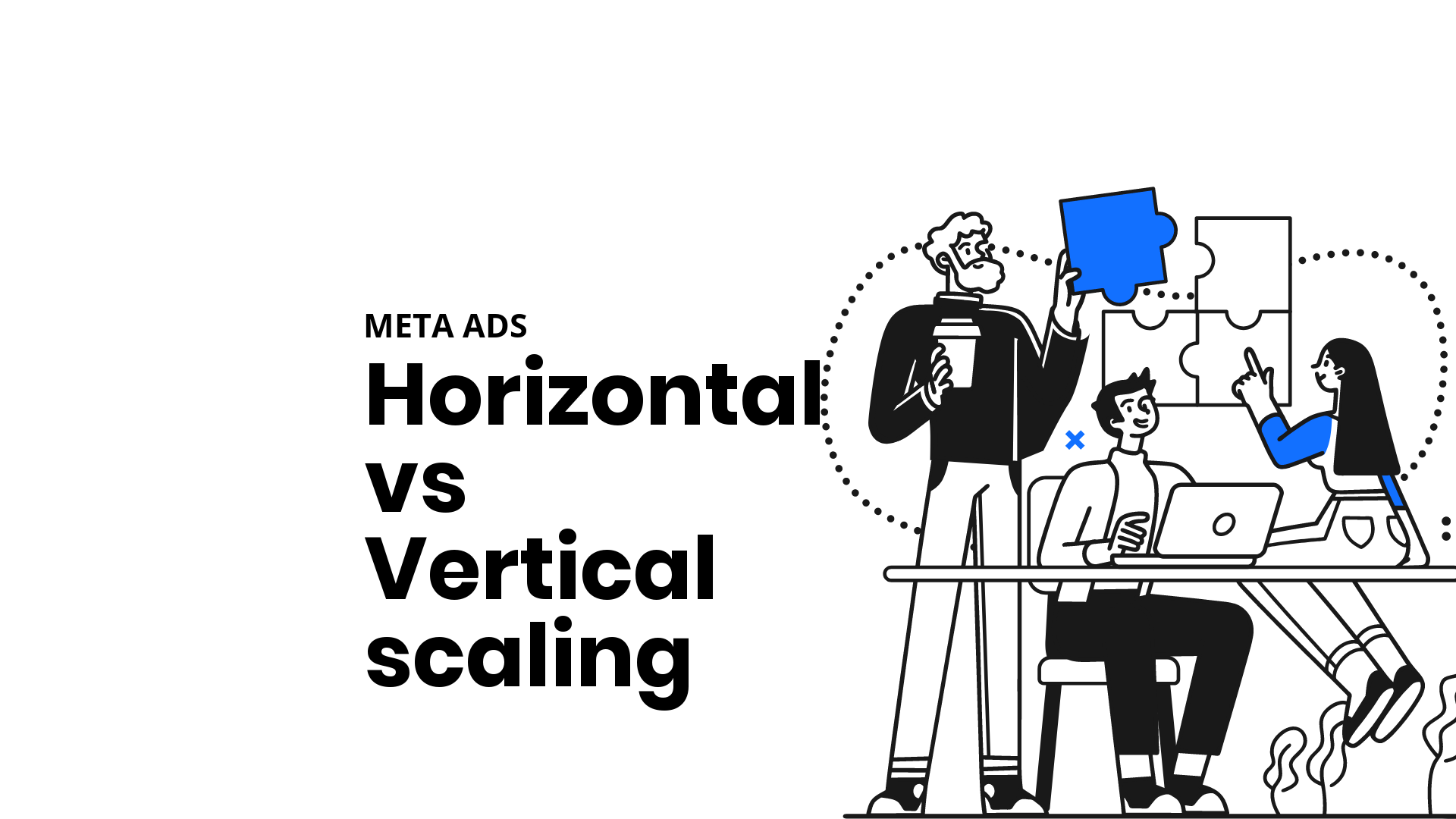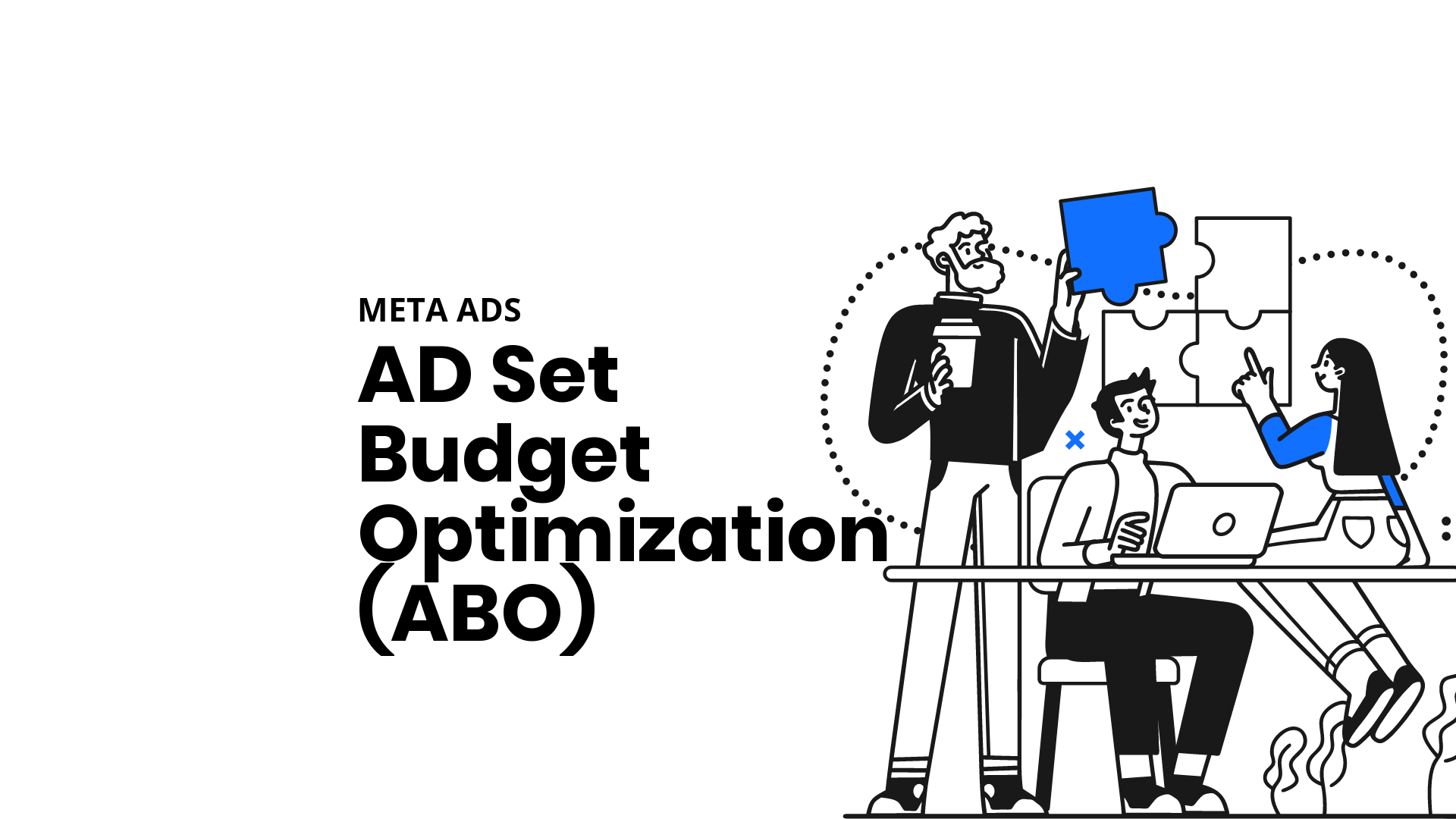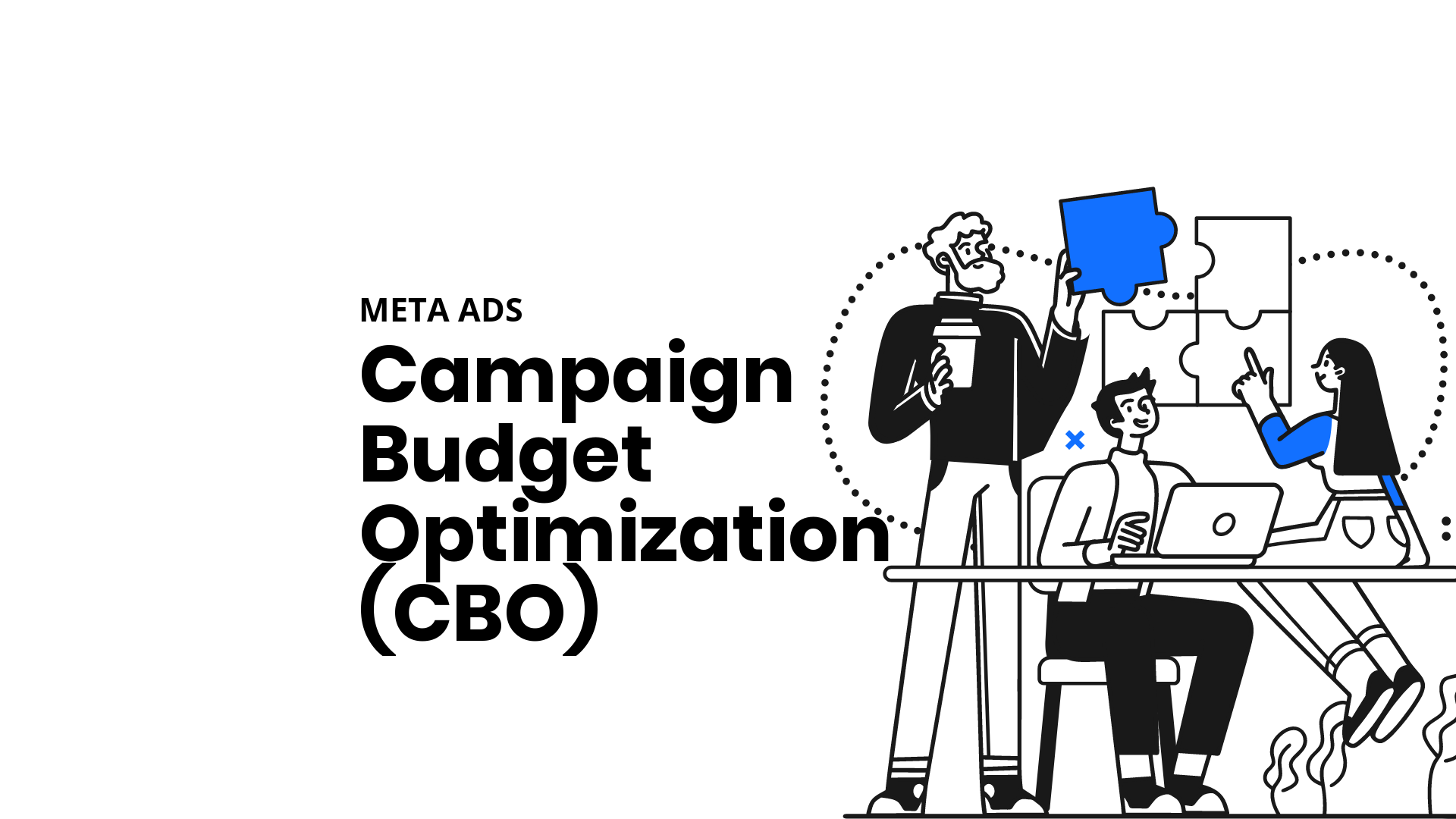Horizontal vs Vertical scaling in META ADS | Guide

Horizontal scaling in Facebook/Meta ads refers to the strategy of duplicating and expanding existing successful ad campaigns or ad sets to reach larger audiences, rather than just increasing the budget of a single campaign (vertical scaling).
Vertical scaling in Facebook/Meta ads refers to the strategy of increasing the budget on existing successful ad campaigns or ad sets, in order to reach a larger portion of the target audience and generate more impressions, clicks, and conversions.
Benefits
The key benefits of horizontal scaling in Facebook/Meta ads are:
Minimizes risk compared to vertical scaling:
- Horizontal scaling involves testing new audiences and variations, rather than just increasing the budget on a single successful campaign. This reduces the risk of performance drops when significantly increasing budgets.
Enables testing and finding new high-performing audiences:
- By duplicating successful ad sets and targeting different but similar audiences, you can identify additional strong-performing audiences to scale.
- This includes trying variations like different lookalike audiences, interest-based audiences, or expanding location targeting.
Provides a more sustainable scaling approach:
- Horizontal scaling is considered a safer and more sustainable way to scale ads, compared to the potentially riskier vertical scaling approach.
Allows for controlled, incremental expansion:
- The gradual nature of horizontal scaling, by testing new audiences one-by-one, provides more control over the scaling process.
- This is preferable to rapidly increasing budgets on a single campaign, which can disrupt performance.
Beneficial for small businesses and niche markets:
- Horizontal scaling is especially recommended for small businesses and those in niche markets with limited targeting options, as it helps maximize the potential of lookalike audiences.
The key benefits of vertical scaling in Facebook/Meta ads include:
Maximizing the impact of successful ad sets:
- Vertical scaling allows you to increase the budget on existing ad sets that are already performing well, in order to reach a larger portion of the target audience.
- This helps maximize the impact and performance of your top-performing campaigns.
Simplicity and ease of implementation:
- Vertical scaling is considered the simpler form of scaling, as it just involves increasing the budget on existing ad sets.
- This makes it a more straightforward approach compared to the audience testing required for horizontal scaling.
Suitability for larger budgets and audiences:
- Vertical scaling tends to work best for advertisers with larger budgets, ideally spending at least $1,000-$3,000 per day.
- It can still be effective for smaller budgets, but may be more suitable once you’ve identified your top-performing campaigns.
Potential for faster scaling results:
- By increasing the budget on existing successful campaigns, vertical scaling can potentially drive faster scaling results compared to the audience testing process of horizontal scaling.
Reduced management overhead:
- Vertical scaling involves managing fewer ad sets compared to the multiple duplicated ad sets required for horizontal scaling.
- This can make vertical scaling less resource-intensive to implement and monitor.
Drawbacks
The key drawbacks of horizontal scaling in Facebook/Meta ads are:
Potential for audience overlap:
- When duplicating ad sets to target new audiences, there is a risk of the new ad sets overlapping with the original audience. This can cause the ad sets to compete against each other.
- To avoid this, you need to carefully select new, distinct audiences when horizontally scaling.
Slower scaling process compared to vertical scaling:
- Horizontal scaling by testing new audiences one-by-one can be a slower process for scaling ad spend, compared to simply increasing the budget on a successful ad set (vertical scaling).
- To speed up horizontal scaling, some recommend increasing the budget on the new duplicated ad sets as well.
Potential performance fluctuations when testing new audiences:
- When expanding to new audiences through horizontal scaling, the ad performance (e.g. CPA, ROAS) may fluctuate as you test different targeting options.
- This can make it more challenging to maintain consistent results compared to vertical scaling of a proven campaign.
Suitability limited for larger budgets and audiences:
- Horizontal scaling works best for smaller businesses or niche markets with limited targeting options.
- For larger budgets and audiences, vertical scaling may be more suitable once you’ve identified your top-performing campaigns.
Requires more management and monitoring:
- Horizontal scaling involves creating and managing multiple ad sets, which requires more ongoing monitoring and optimization compared to a single scaled campaign.
Some of the key drawbacks of vertical scaling in Facebook/Meta ads include:
Potential for performance disruptions:
- Increasing the budget on existing ad sets too quickly can disrupt the ad performance, as the Facebook algorithm needs time to adjust to the budget changes.
- This can lead to fluctuations in metrics like cost per acquisition, return on ad spend, and conversion rates.
Rising costs:
- As you increase the budget and reach a larger audience through vertical scaling, the average cost per click, cost per view, or cost per acquisition may rise.
- Maintaining profitability and a healthy return on investment can become more challenging as costs increase.
Suitability limitations for smaller budgets:
- Vertical scaling tends to work best for advertisers with larger budgets, ideally spending at least $1,000-$3,000 per day.
- For smaller budgets, vertical scaling may be less effective compared to the audience testing approach of horizontal scaling.
Increased management overhead:
- Vertically scaling a single successful campaign or ad set requires less management compared to the multiple ad sets involved in horizontal scaling.
- However, the need to closely monitor performance and make incremental budget adjustments can still add to the management overhead.
Potential for reaching audience saturation:
- As you continue to vertically scale a successful campaign, you may eventually reach a point where the target audience becomes saturated, limiting further growth potential.
- At this stage, horizontal scaling to new audiences may become necessary.
Horizontal vs Vertical scaling
In brief, the key differences between horizontal and vertical scaling in Meta ads are:
Horizontal Scaling:
- Involves expanding to new audiences and targeting variations, such as testing different lookalike audiences, interest-based audiences, or expanding location targeting.
- The goal is to find additional high-performing audiences to scale, rather than just increasing the budget on a single ad set.
- Considered a safer approach as it minimizes the risk of performance drops when significantly increasing budgets.
- Can be a slower process than vertical scaling if keeping the same ad set budgets, so some recommend increasing the budget on the new ad sets as well.
- Requires careful audience segmentation to avoid overlap between duplicated ad sets.
Vertical Scaling:
- Involves gradually increasing the budget on existing successful ad campaigns or ad sets.
- The goal is to maximize the impact of already successful ad sets by reaching a larger portion of the target audience.
- Simpler to implement compared to the audience testing required for horizontal scaling.
- Works best for advertisers with larger budgets, ideally spending at least $1,000-$3,000 per day.
- Can potentially drive faster scaling results compared to horizontal scaling.
- Requires less management overhead compared to managing multiple duplicated ad sets.
In summary, horizontal scaling focuses on expanding to new audiences, while vertical scaling increases the budget on existing successful campaigns. Horizontal scaling is considered a safer but potentially slower approach, while vertical scaling is simpler but carries more risk of performance disruptions and ad spent fluctuations.


